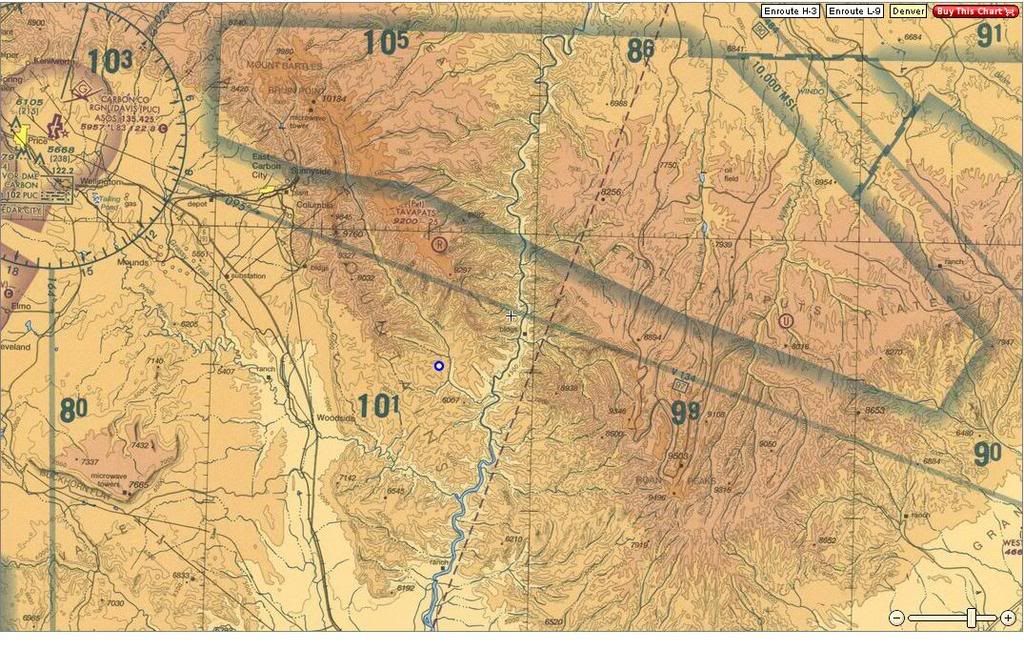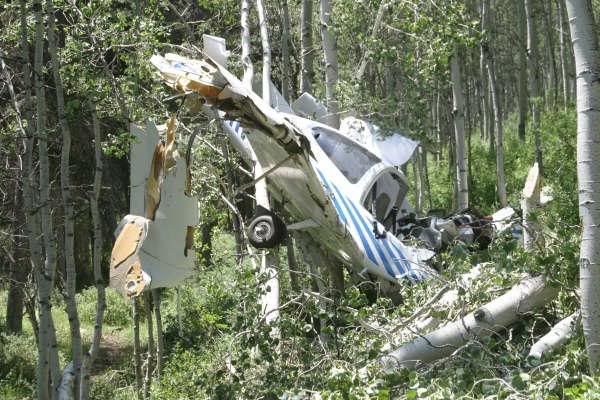NTSB Identification:
LAX07CA213.
The docket is stored in the Docket Management System (DMS). Please contact
Records Management Division
14 CFR Part 91: General Aviation
Accident occurred Monday, July 09, 2007 in Strawberry Rese, UT
Probable Cause Approval Date: 8/30/2007
Aircraft: Diamond Aircraft DA40-G1000, registration: N747PZ
Injuries: 2 Minor, 2 Uninjured.The airplane impacted rising mountainous terrain while flying in a box canyon. The pilot was flying at 7,500 feet msl in mountainous terrain that varied from 7,000 to 9,000 feet msl. His passenger spotted an elk and he maneuvered the airplane into a slight left turn in an attempt to view the elk. The maneuver put the airplane into the entrance of a draw. Within seconds the draw started to rapidly converge. The pilot applied full power and stared to climb but it was clear that the airplane was not going to clear the terrain. He also determined that a 180-degree turn out of the draw was not possible. He continued to fly the plane straight ahead and bled off as much air speed as possible before colliding with the trees. The airplane impacted the trees, turned 90 degrees, and was captured by the trees in a nose down attitude. The pilot and three passengers were able to egress the airplane with out difficulty. The pilot stated that the airplane and engine had no mechanical failures or malfunctions during the flight.
The National Transportation Safety Board determines the probable cause(s) of this accident as follows:
The pilot failed to maintain adequate terrain clearance. Contributing to the accident was the pilot's decision to turn into upsloping terrain at a low altitude.


